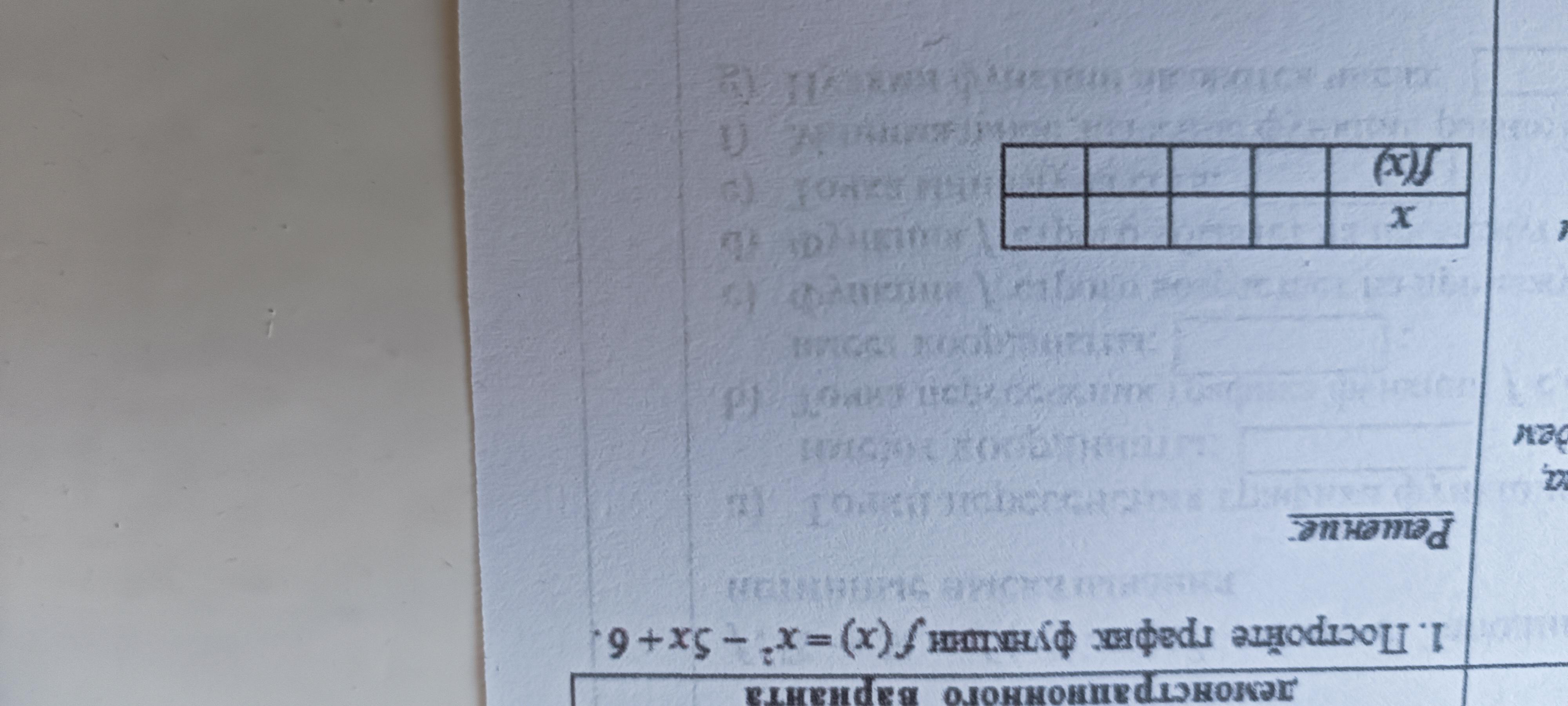Предмет: Математика,
автор: pubgtop2737
Номер 1 сделать надо пожалуйста
Приложения:

Ответы
Автор ответа:
0
Пошаговое объяснение:
берешь любое значение х и подставляешь его в уравнение, это значение х записываешь в таблицу, ответ в колонку f(x)
и так 4 раза
Автор ответа:
0
Ответ: Этот вопрос уже задавали тут
Пошаговое объяснение:
https://znanija.com/task/26898626
Похожие вопросы
Предмет: Химия,
автор: gogago2007
Предмет: Русский язык,
автор: kurochkinaveronika01
Предмет: Английский язык,
автор: pol34511
Предмет: Алгебра,
автор: Аноним
Предмет: Французский язык,
автор: beutovsssnasta